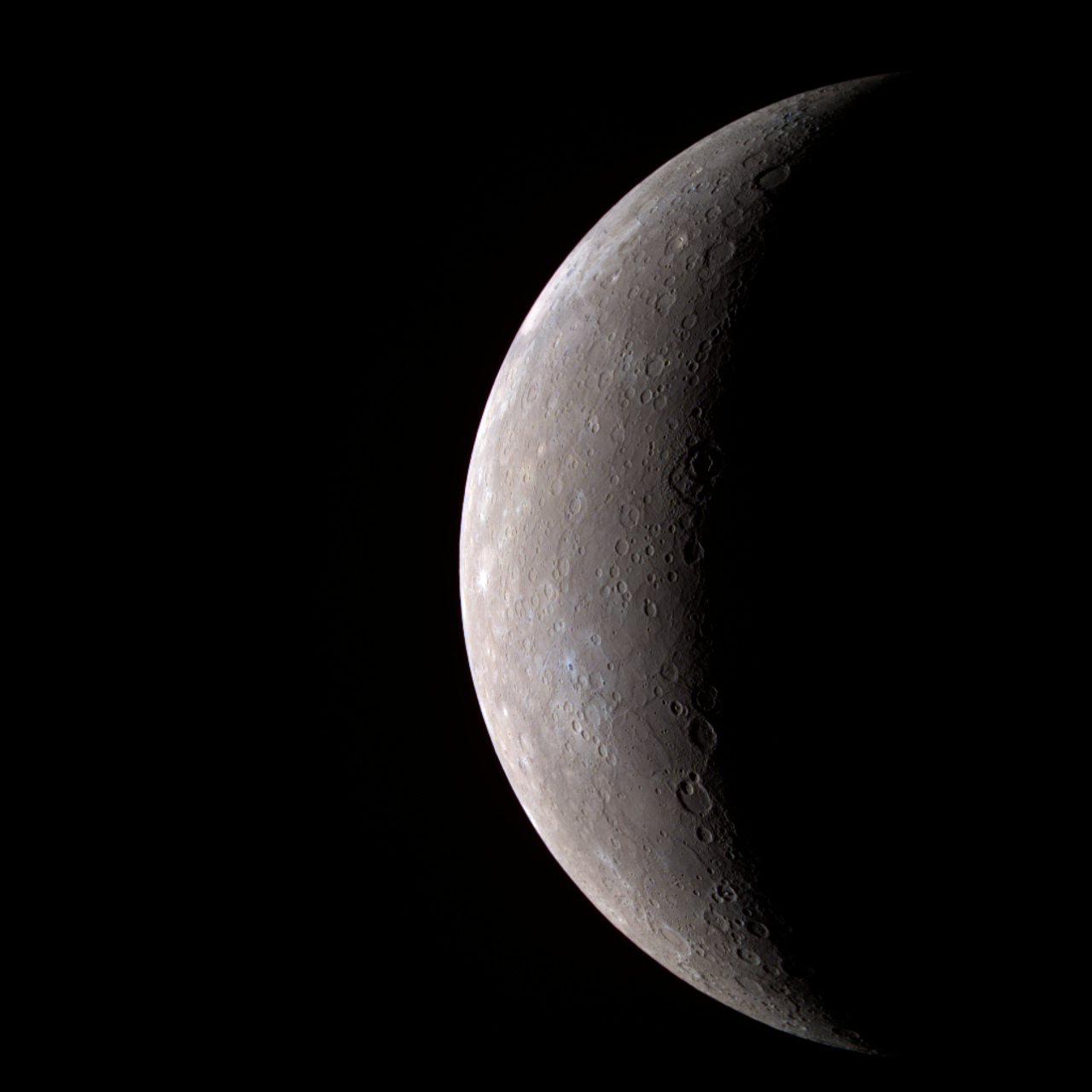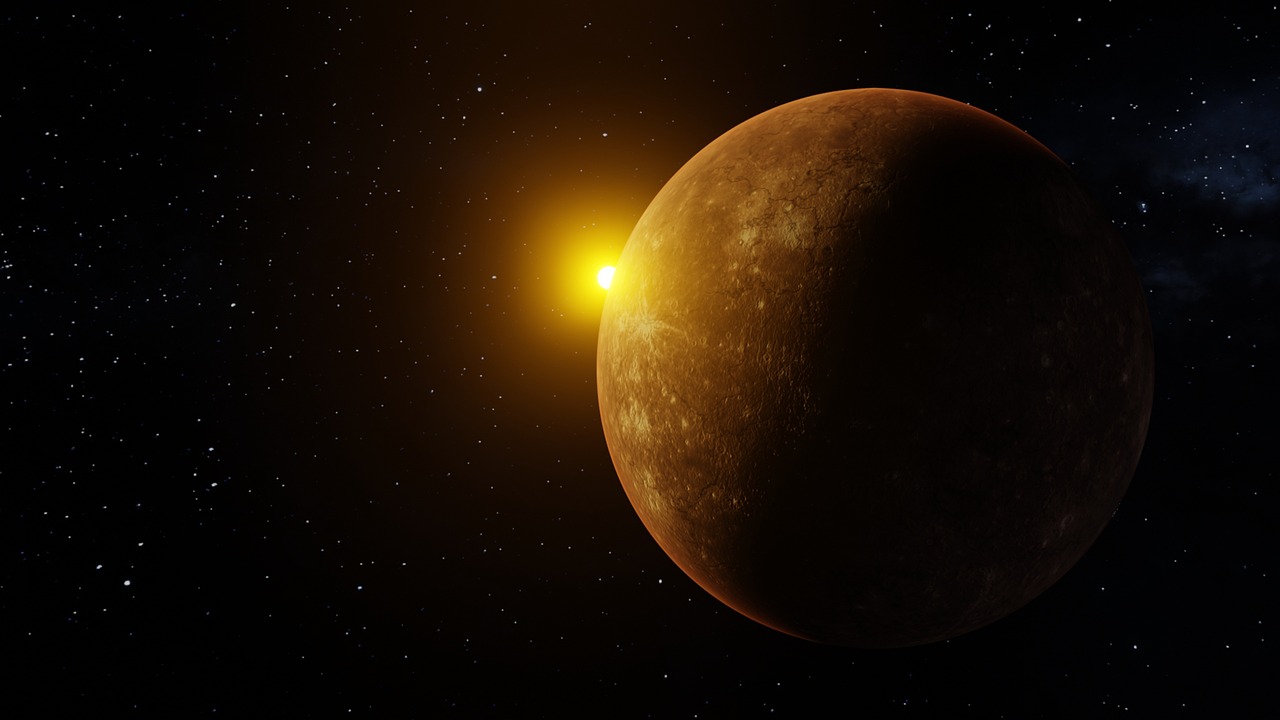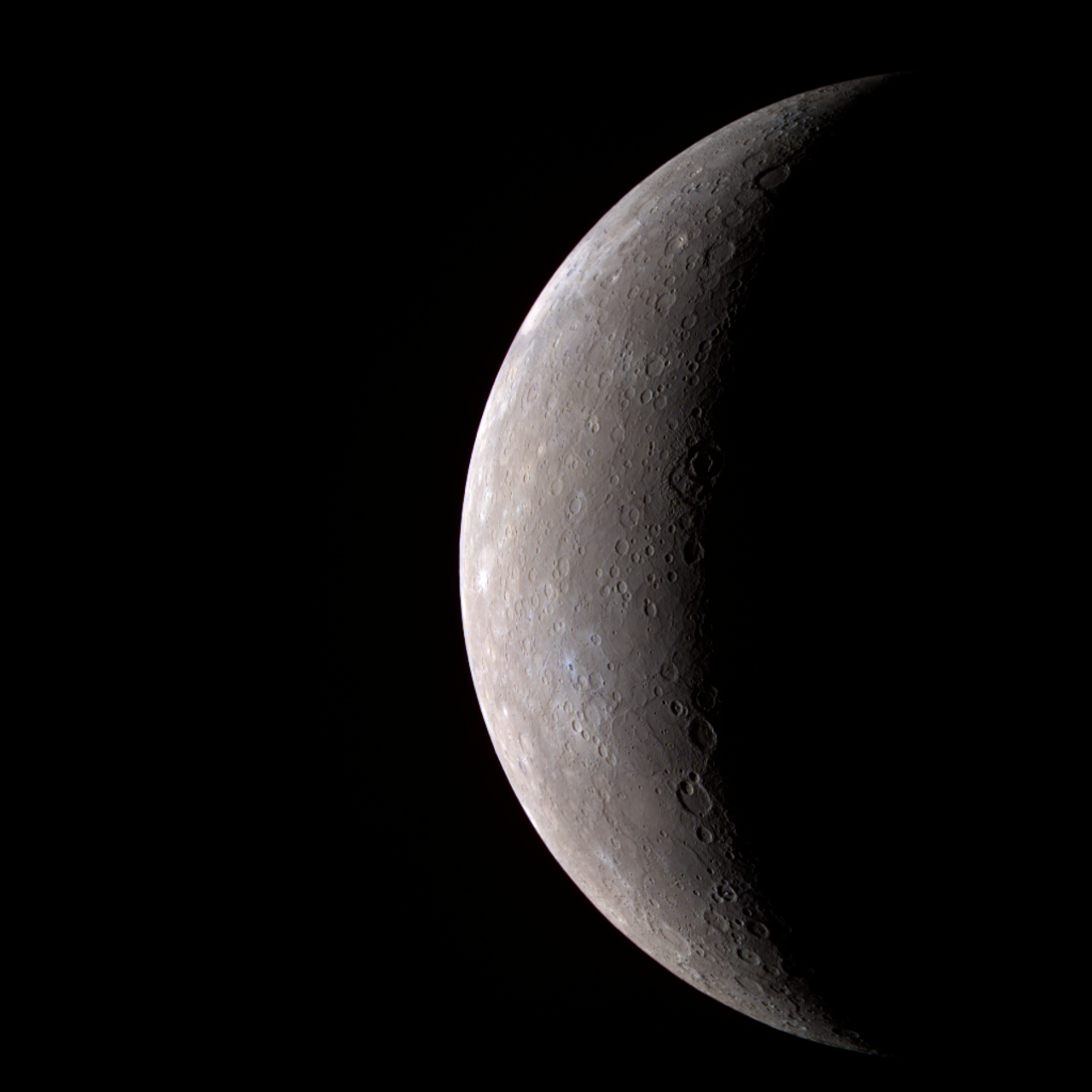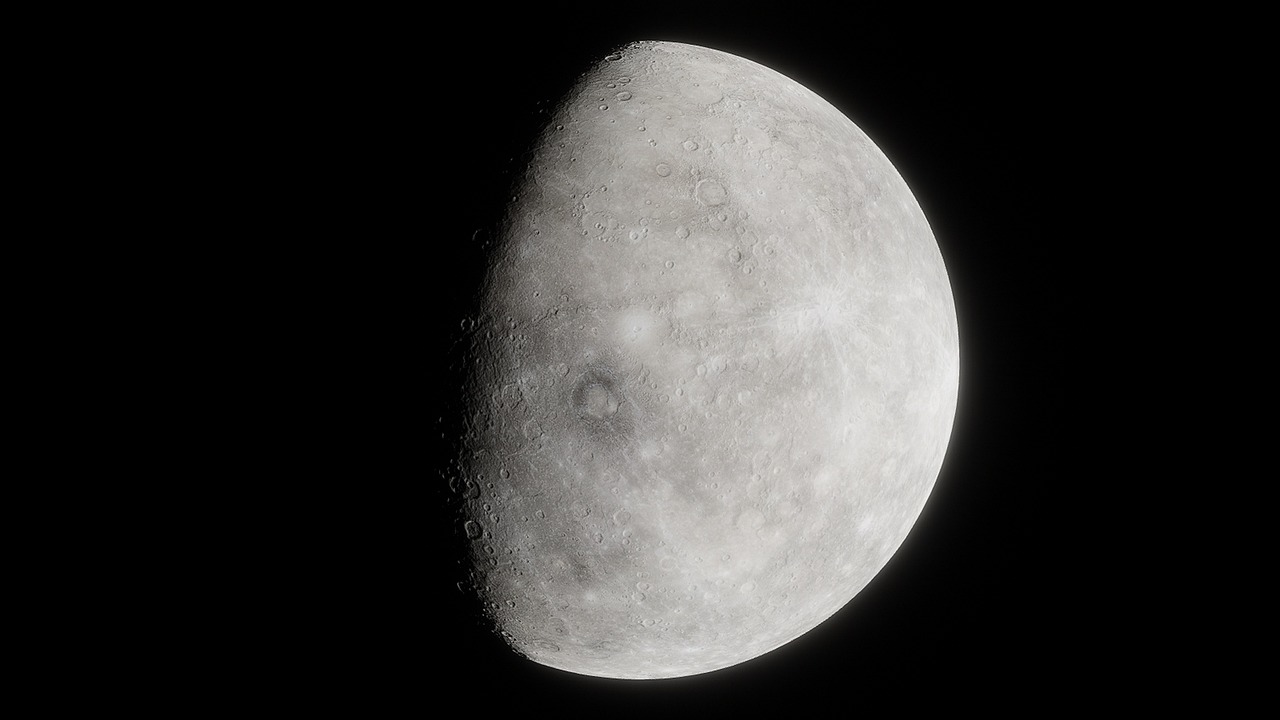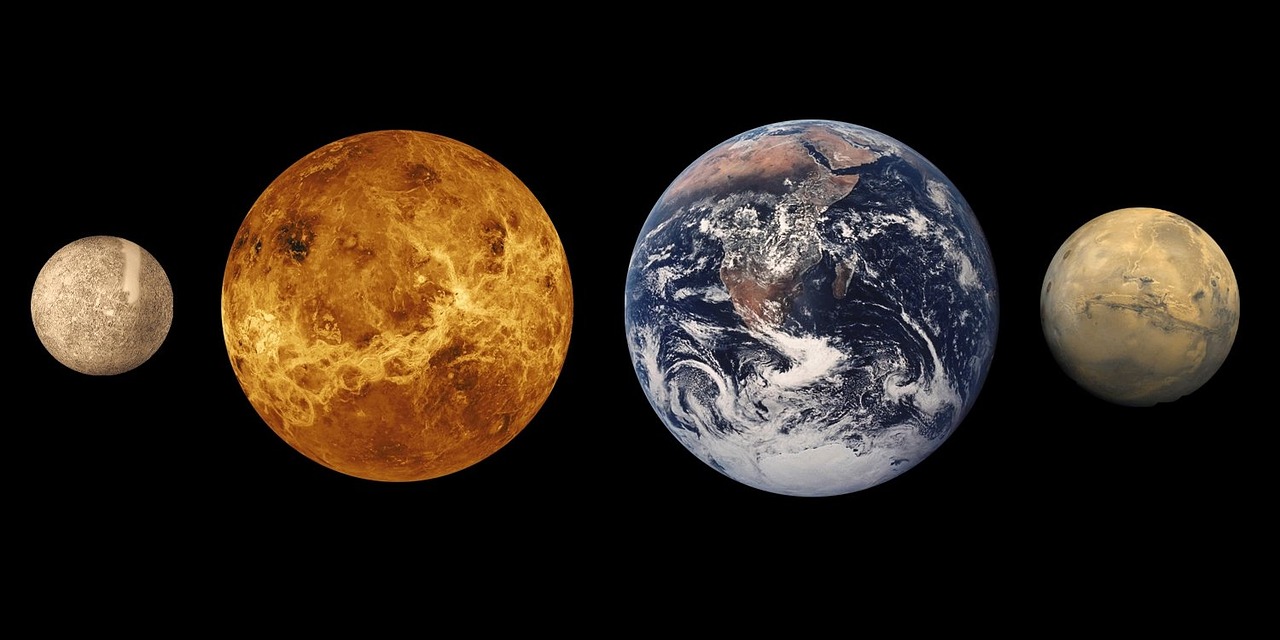Tag: Mercury
-
Mercury, known as Mercurius in Roman mythology, holds the title of the deity governing commerce. He serves a vital role as an intermediary between gods and humans, recognized for his remarkable speed due to his winged sandals, which also symbolize the flow of goods, messages, and people. Mercury is venerated by merchants, particularly those involved…
-
The key passage regarding the Celtic deities of Gaul can be found in Julius Caesar’s Commentarii de bello Gallico (52–51 BC), where he mentions five principal gods, detailing their respective roles. Among these, Mercury is depicted as the most revered, honored through various representations. He is acknowledged as the originator of arts, the guardian of…
-
Mercury, known as Mercurius in Roman mythology, served as the deity of trade and a key intermediary between gods and humans. His distinctive winged feet symbolized his swiftness, playing a critical role in the flow of commerce, travel, and communication. Recognized for his patronage over merchants, particularly those in the grain trade, Mercury was often…
-
The exquisite small statue represents the messenger deity Mercury, depicted in the nude apart from a chlamys draped over his right shoulder and cascading down his back, with its lower edge enveloping his left arm. This youthful figure is poised on his right leg, the left leg slightly bent, and rests on a low pedestal.…
-
Mercury and Its Mythological Significance Mercury stands out as the smallest planet in our solar system and also holds the distinction of being the closest planet to the Sun. Its orbital revolution around the Sun takes merely 88 days, which makes it the fastest-moving planet in our celestial neighborhood. Its visibility as a bright object…
-
Mercury, in Roman mythology, stands as the deity of wealth, commerce, eloquence, communication, messengers, travelers, borders, and luck. His likeness is often compared to Hermes in Greek mythology as both gods share many similar attributes. Visually, Mercury is characterized as a nimble, youthful figure often adorned with his signature winged sandals and a helmet. These…
-
Ancient Roman Bronze Figurine of Mercury This exquisite bronze figurine, originating from the 2nd century A.D., stands 14.2 cm (5.5 in) tall and features a stunning silverfish-green patina. Notably, this solid cast representation of Mercury—or Hermes in Greek mythology—captures the essence of the god of commerce, showcasing various attributes that illustrate his many roles. As…



